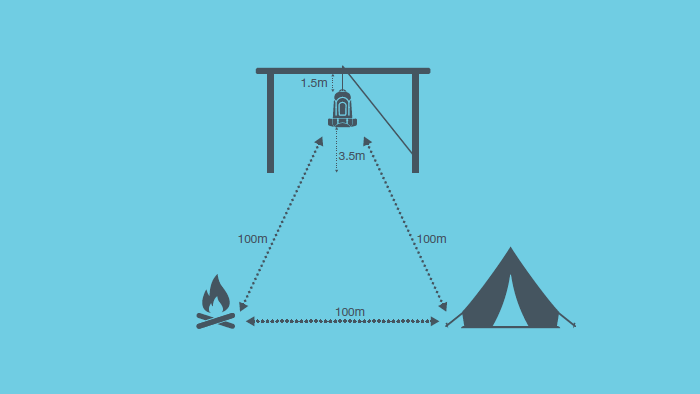Government mail service may be affected by the Canada Post labour disruption. Learn about how critical government mail will be handled.
Plan your next adventure: Download Alberta’s Public Land Trail Guide.
Public Lands Camping Pass required
A Public Lands Camping Pass is required to random camp on public land along the eastern slopes of the Rocky Mountains.
Overview
Alberta’s public land offers many unique opportunities for recreation including rustic camping and thousands of kilometers of trails that can be explored on foot, horseback, OHV and more. Download Alberta's Public Land Trail Guide for more information to help you plan your next trip!
Know before you go
Plan ahead to have a safe and enjoyable trip.
- Plan your route on designated trails
- Check the Public land closures and advisories pages for trail and area closures.
- Check for fire advisories and bans.
- Check weather and avoid wet, sensitive and alpine areas whenever possible.
- Be respectful. Do not disturb artifact, fossils, livestock, property or wildlife.
- Choose routes with the hardest, most durable surface.
- Keep a respectful distance from wildlife. Never feed or approach wildlife.
- Leave all gates and fences as you find them – open or closed.
- Stay off private and leased land unless permitted. Contact leaseholder prior to travel on leased land.
- Look up contact information and access conditions for agricultural dispositions in Alberta on the new Recreation access on agricultural public lands web map
- Let us know so that we can assist you!
Know the rules
More information
Leave No Trace Canada provides information on minimizing your impact while enjoying the outdoors.
Report illegal activity – call 310-LAND – Call 24 hours a day, 7 days a week to report public safety incidents, illegal activity and enforcement concerns on public land and in provincial parks.
